Walter Sickert – Tate Britain, London
A review of Tate Britain’s Walter Sickert retrospective. After looking at a broad sweep of Sickert’s work, I have a much better sense of his interests than his artistic style.
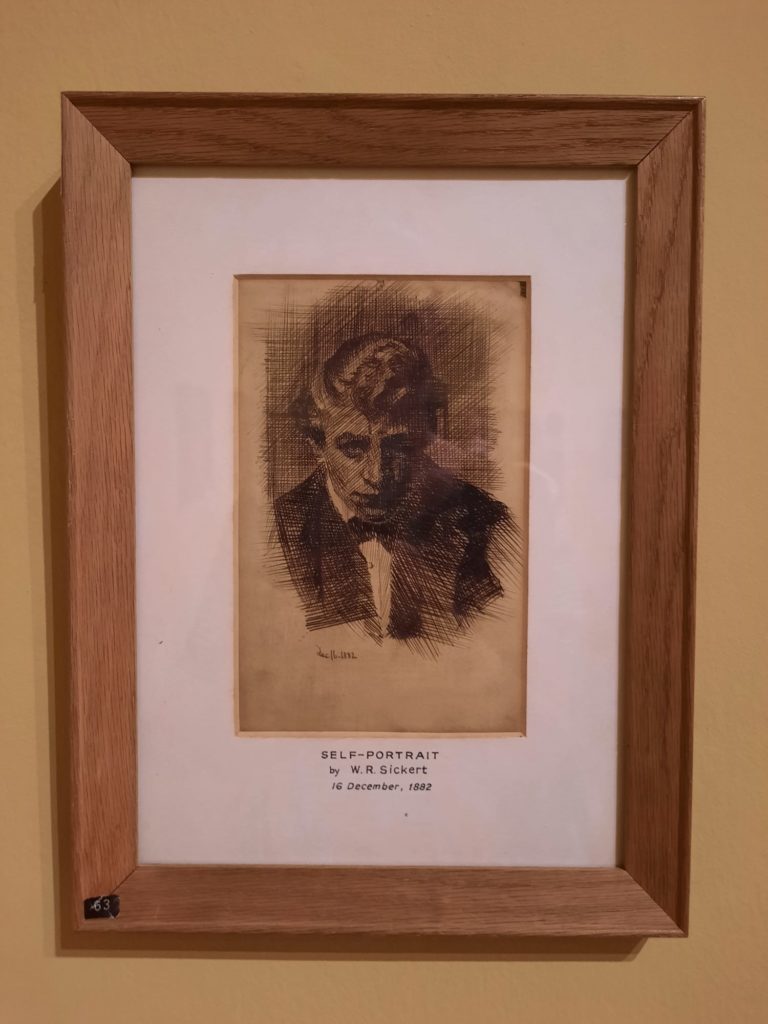

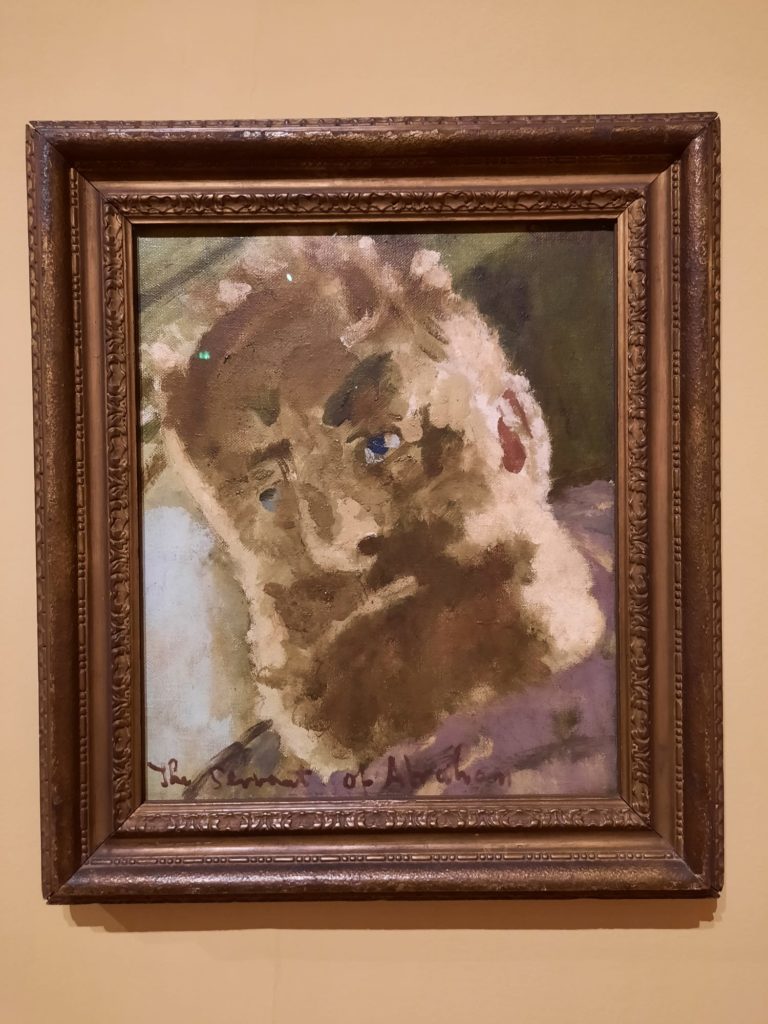
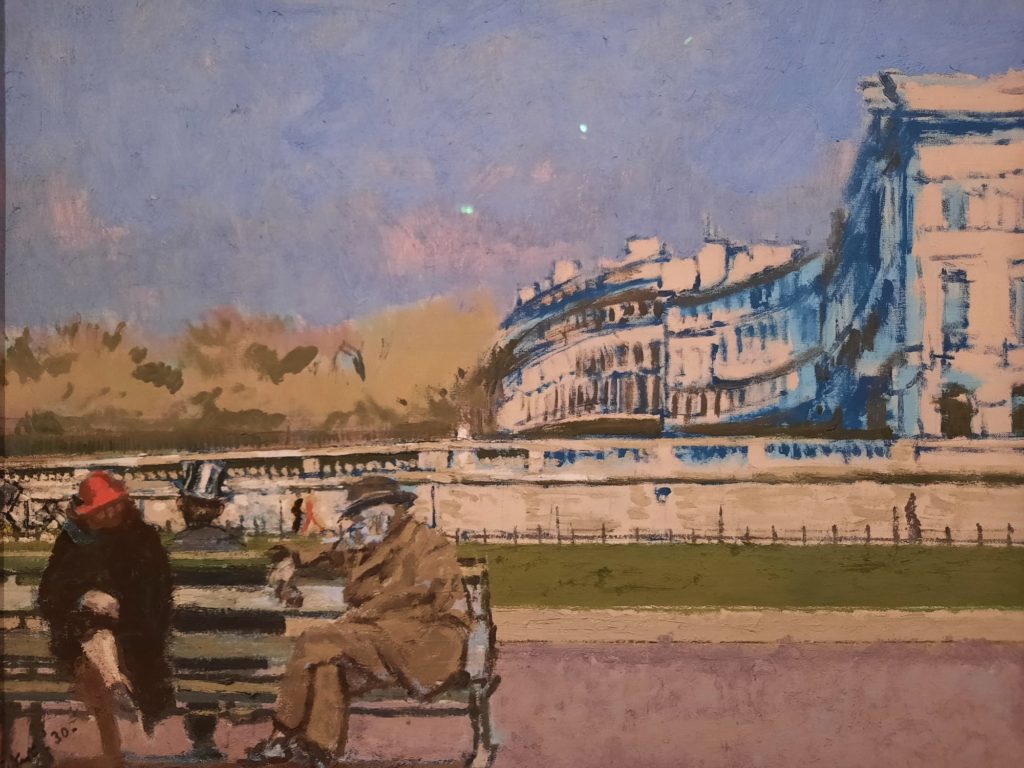
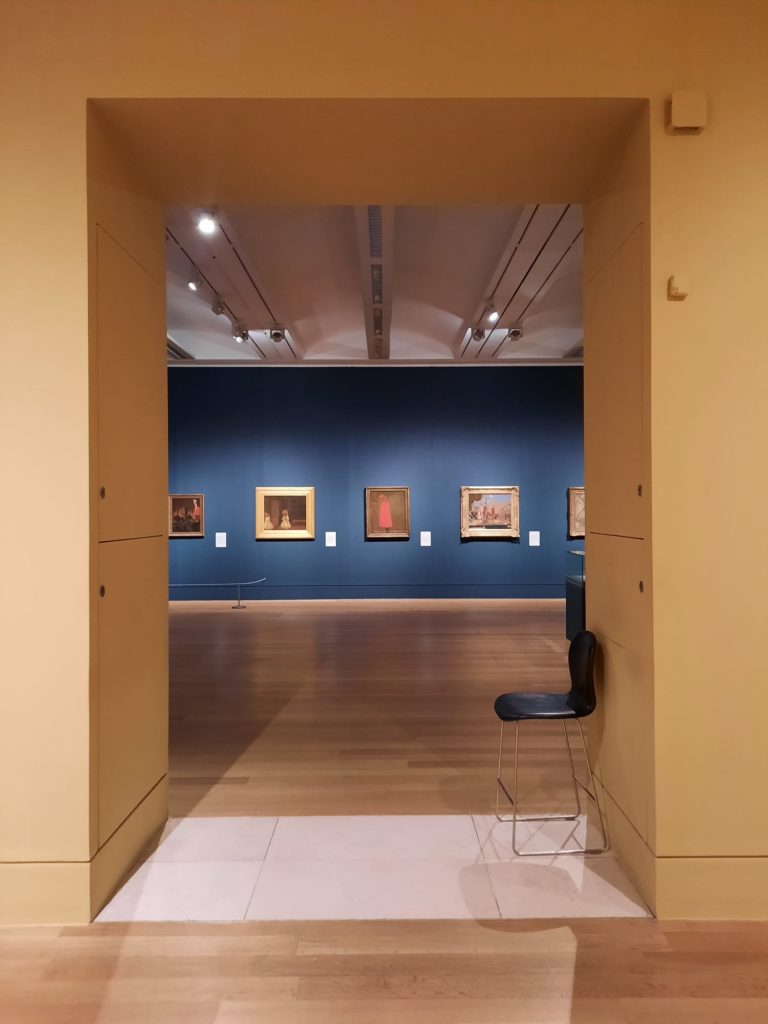

Walter Sickert
One of two paid exhibitions currently on at Tate Britain (the other is Cornelia Parker), Walter Sickert is a retrospective of the artist’s work over six decades. Born in Germany in 1860, Sickert moved to England as a child. He trained at the Slade School and under Whistler, and was a member of the Camden Town post-Impressionist circle. He worked a lot in France, and brought avant-garde artistic influences back from there to England. Throughout his career he was at the forefront of new techniques and subject matter. His work influenced later artists including Lucien Freud, who also has a painting included in the exhibition.
Overall, Sickert is what I might describe as an art historian’s artist. Undeniably influential, has a place in the British artists’ canon, but if you mention his name to the average person without a vested interest in art, would they know him? Maybe not. Unless they have a real interest in Jack the Ripper. Because, you see, Sickert is one of the names put forward as potential Ripper contenders. The Tate don’t mention this in the exhibition (or at least that I noticed), but apparently do in the catalogue. More on this later.
So it’s an interesting sort of exhibition we’re looking at today. A little on the academic side. But with a lurid undertone. It’s in the Tate’s large ground floor exhibition space where I saw Hogarth and Europe and was completely overwhelmed by the volume of art to look at. Walter Sickert didn’t feel like that. The selection of works is good and spaciously hung. It held my interest throughout. Did I feel like I knew Sickert much better as an artist by the end of it? I’m not quite sure.

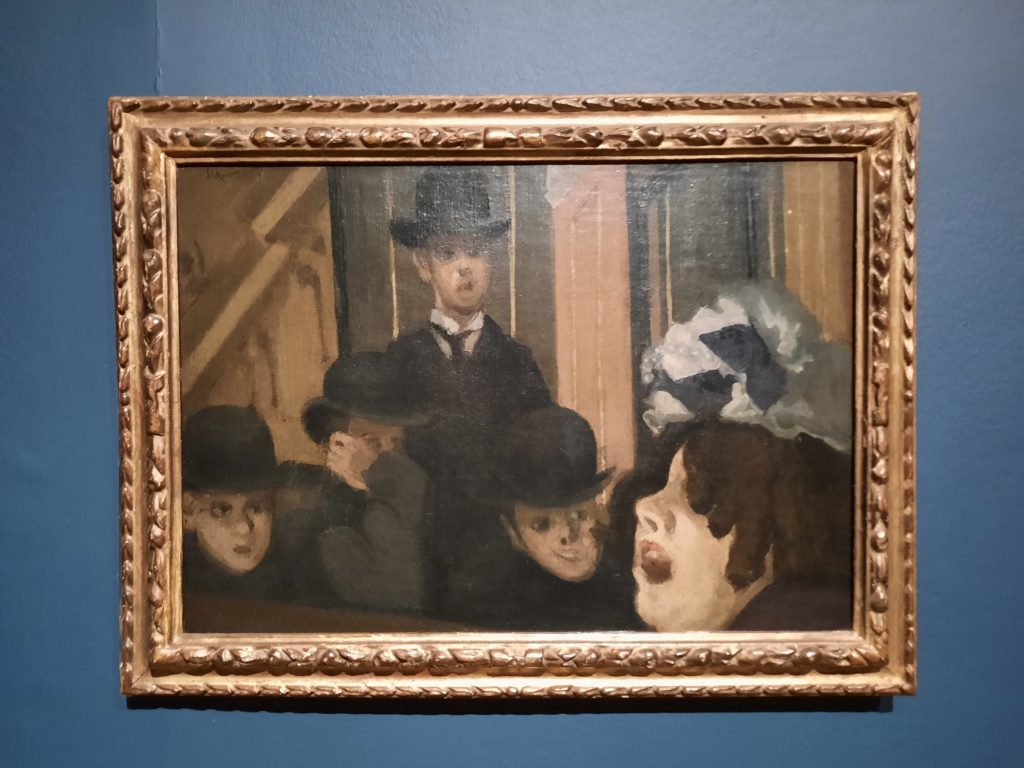
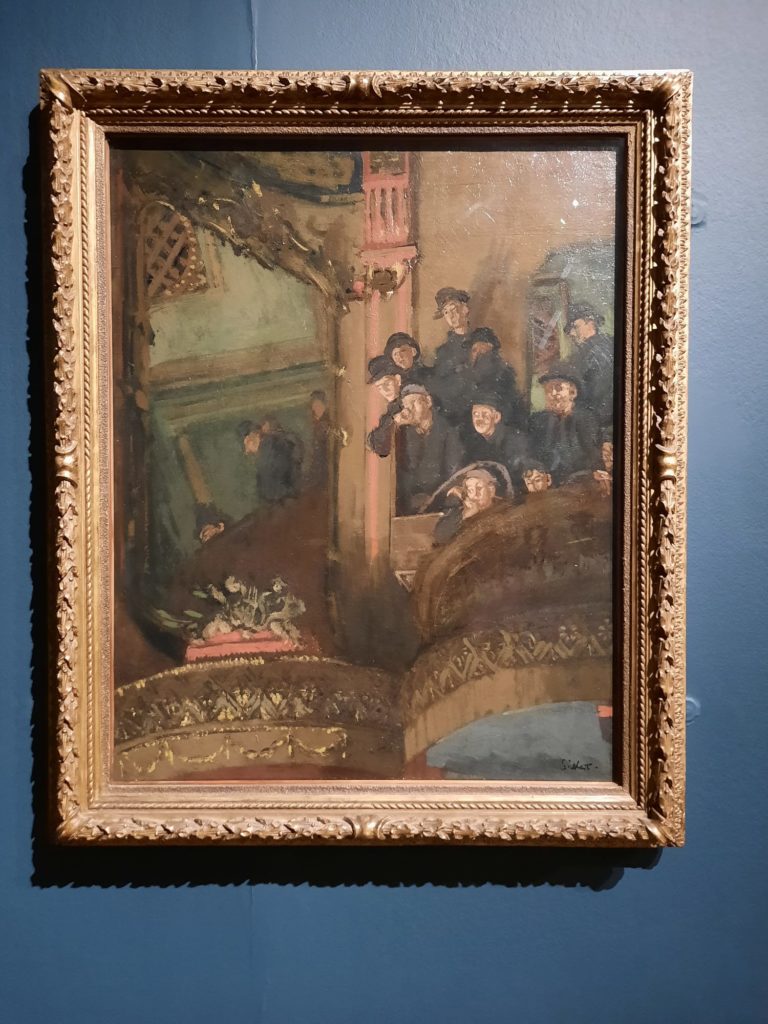

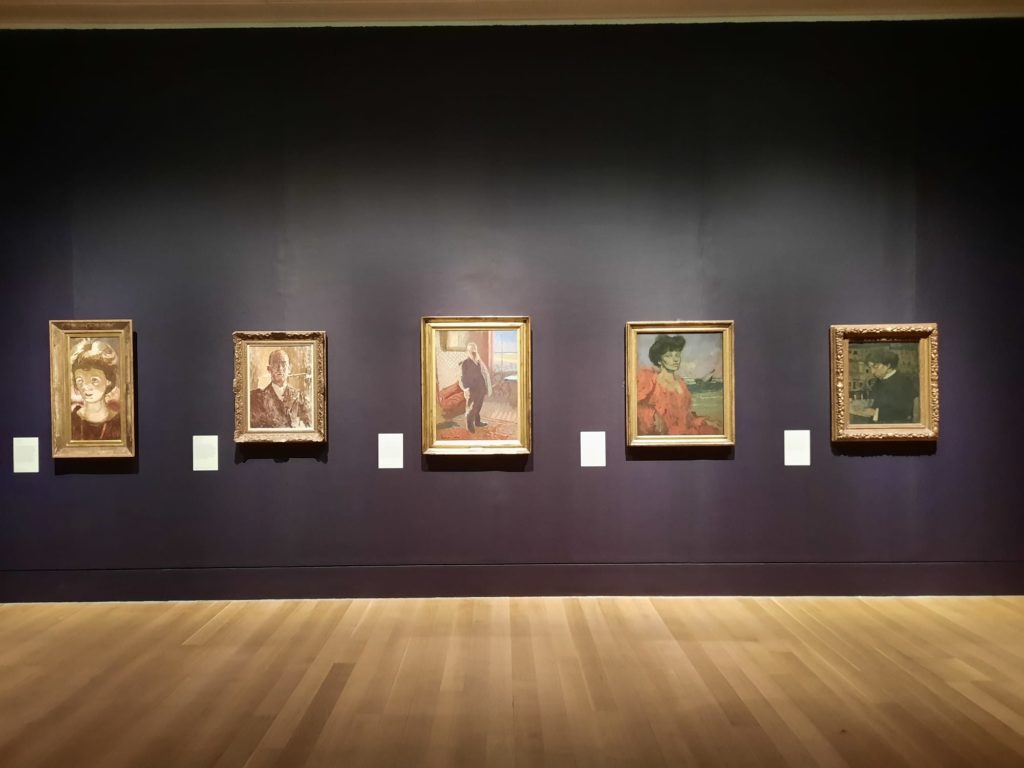
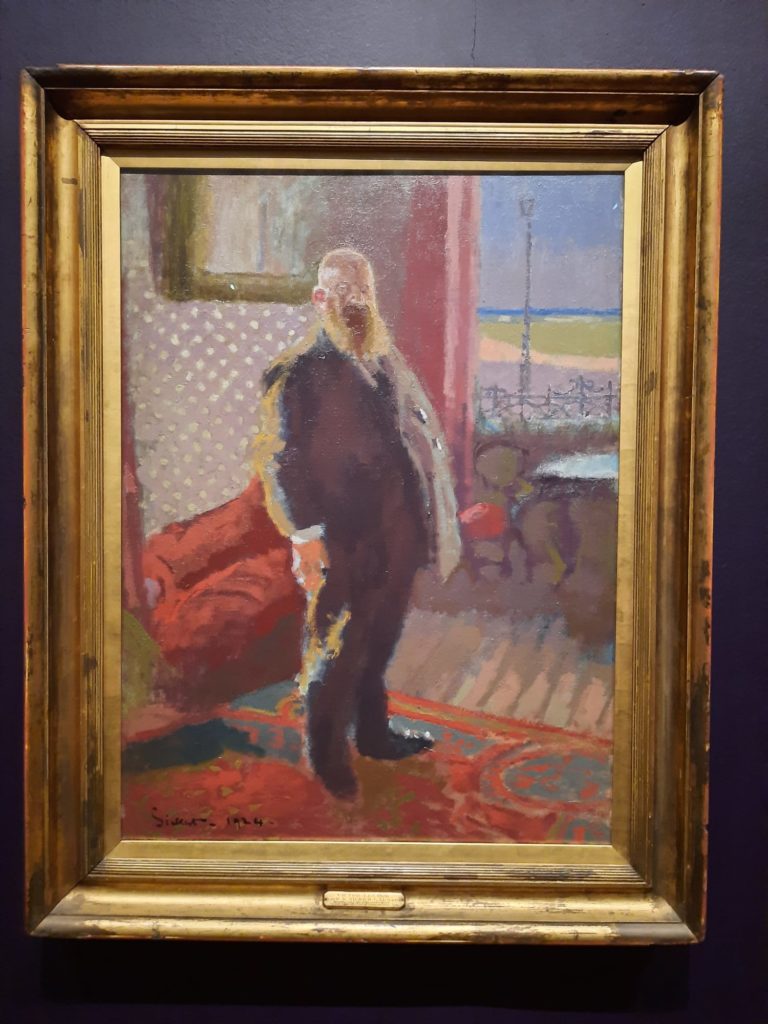
A Modern Artist’s Interests
What I do know about after seeing this exhibition is what interested Sickert. He was a man preoccupied with the modern. Three examples which reoccur throughout the exhibition suffice to explain what I mean here.
Modern Life
Frequently, Sickert depicted modern life in his canvases. He was very far from being an academic painter, painting tranquil mythological scenes or society portraits. Instead, he painted things like music halls and urban scenes. The former most definitely came from a personal interest: Sickert trained as an actor before switching to a career as an artist. Music hall entertainment is rare now, but for Sickert’s audience reflected a very common pastime. He even frequently depicted the big stars of the day.
Modern Technologies
Another preoccupation of Sickert’s was modern technologies. One portrait sticks in my mind, where it was more about replicating the effect of electric light than really portraying the subject (Victor Lecourt, 1921-4). Sickert also used modern technologies as subject matter, for instance when he painted (we think) one of the first Westerns ever shown in Gallery of the Old Mogul (1906). Another way in which this interest in technologies and reproduction manifested itself was in the way he borrowed images from photographs and media, enjoying the flat surface planes. These latter works feel like proto-Richters.
Modern Compositions
Finally we have modern compositions. One of Degas’s works showing half orchestra pit and half stage is on view to show where Sickert drew inspiration from. But he really ran with the idea of non-traditional compositions. In particular he loved reflections, choosing for instance arrangements where the painting at face value shows a corner or a wall, the real action taking place in what a dingy mirror reflects back to us.
The conclusion of all these observations? I felt by the end of the exhibition like I knew a lot more about what made Sickert tick. His interests, the things he challenged himself to depict on canvas. But I still didn’t have a good sense of his style. Unlike the Munch exhibition I saw recently at the Courtauld, where you really saw Munch come into his own after a few exploratory canvases, I didn’t get the same sense from Sickert. What he depicted seemed to me more unique than his actual painting techniques. A lot of the canvases I found a little dull in palette and brushwork, if I’m completely honest. Perhaps I’m an art historical heathen after all?



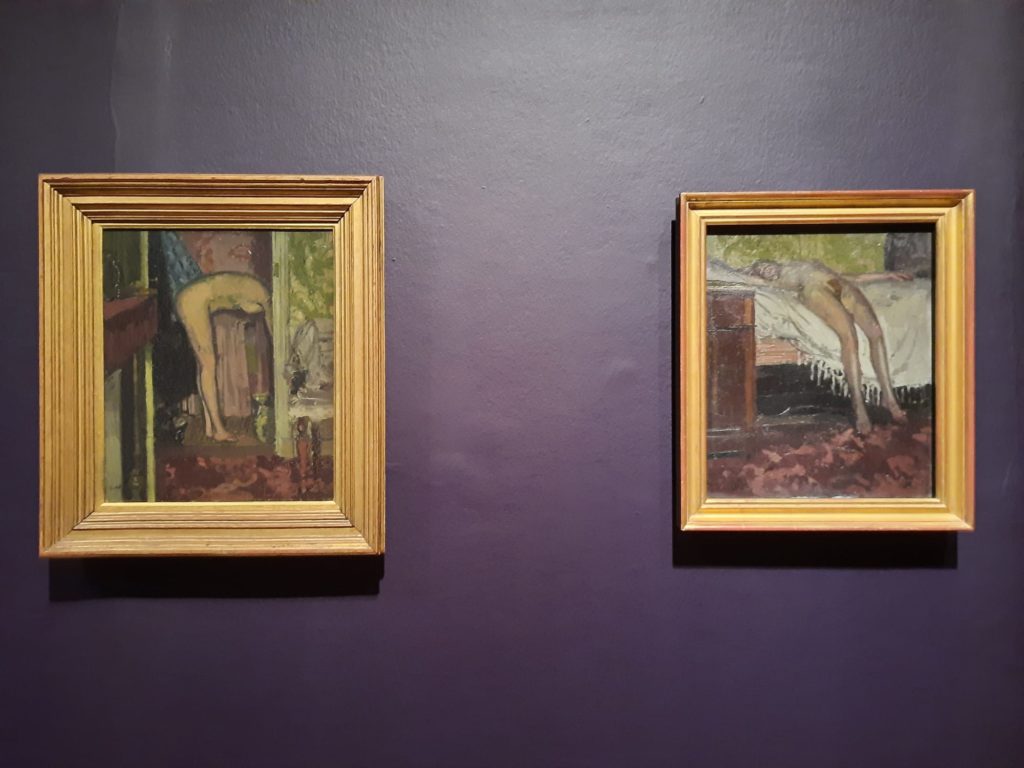
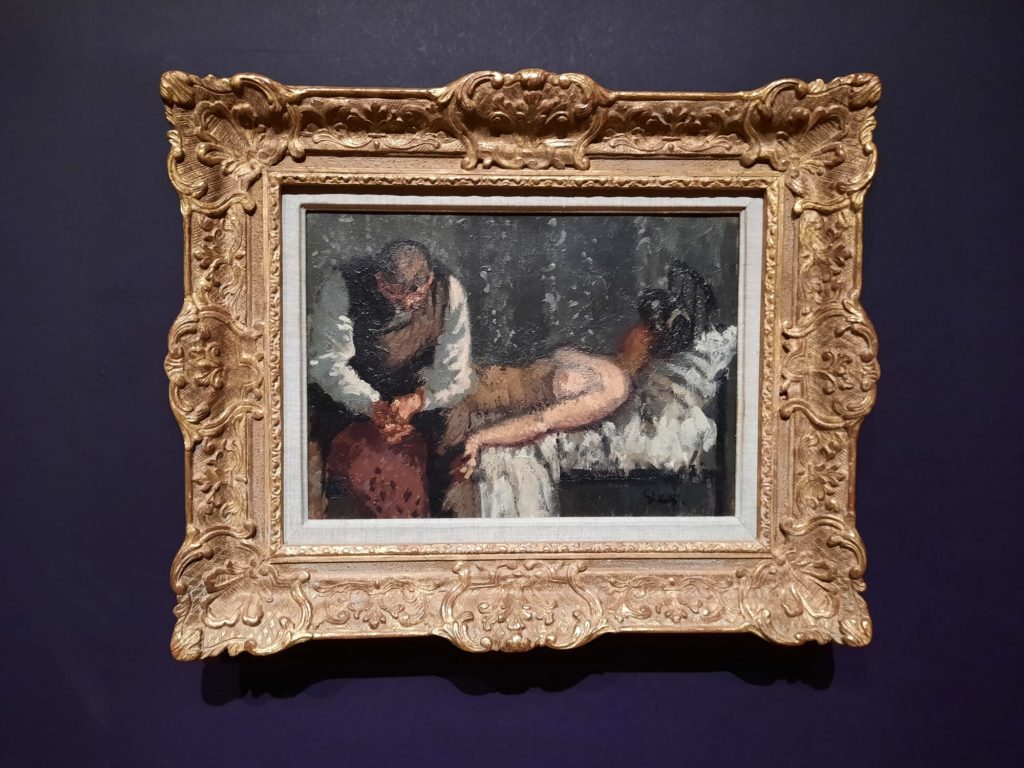
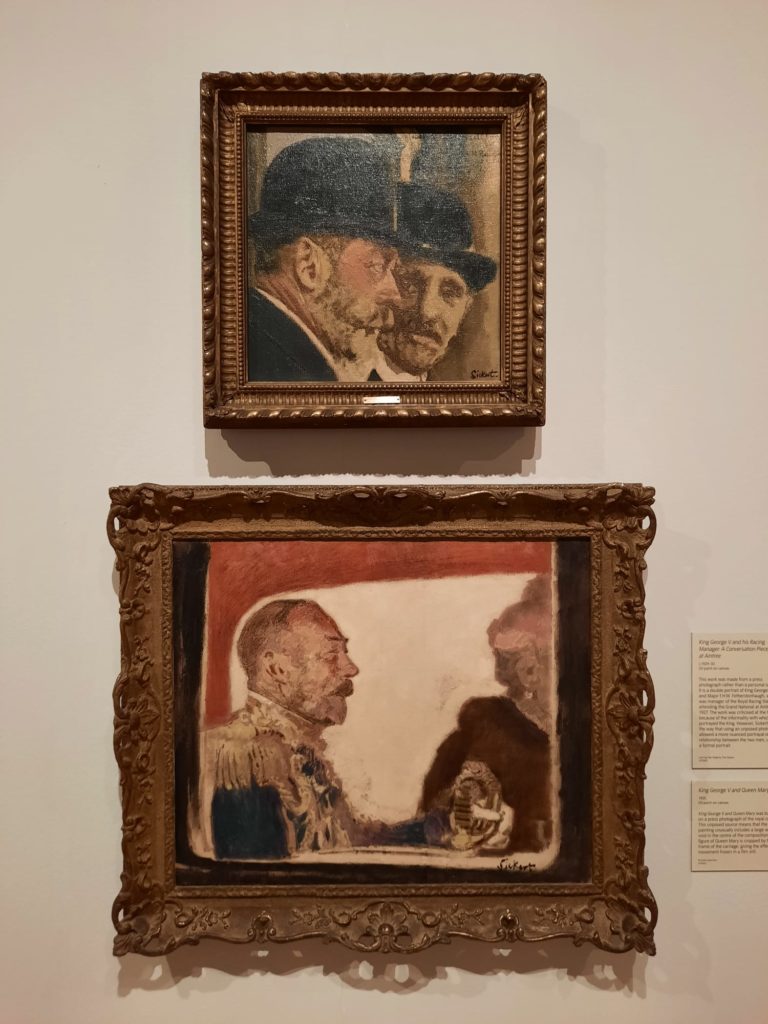
Beware The Influence Of Catalogue Essays
Unlike theatre where I almost always buy the programme, I don’t tend to buy catalogues of the exhibitions I see. Unless it’s something really stellar, bookshelf space is already enough of an issue in my household… So I was interested to see, when reading a few other reviews, how the catalogue seemed to have impacted how the reviewers saw Walter Sickert.
It all comes back to this Jack the Ripper connection. It seems there is an essay in the catalogue which makes the case that Sickert probably wrote some letters to the police claiming to be the murderer. In this review in particular, this knowledge coloured the reviewer’s experience of the exhibition and infused the artworks with great violence and horror.
To be fair, Sickert doesn’t help himself. There was a time where he was either painting depressing bedroom scenes and naming them after a murder he had become fascinated by (the 1907 Camden Town Murder), or renaming older paintings to associate them with this crime. Perhaps not the behaviour of a well-balanced individual? Best case scenario was that it’s a less-than-tasteful attempt at publicity and notoriety.
Not having read the catalogue essay, however, I was blissfully unaware of the same undercurrents of violence and fear. The review singles out his music hall paintings, for instance, whereas I saw them as actually quite detached: intellectual works playing with composition but not engaging much with the inner life of the people depicted.
What do these divergent experiences tell us? Is it better to go in armed with all the information, or go in with no expectations and take the works at face value? Is it that Sickert’s works are just devoid enough of a clear message that the viewer projects their own ideas onto them? I’m still not sure. And so I wonder if Walter Sickert will be an exhibition that I forget quickly, a good retrospective but not one which made a mark. Or will it lurk in my subconscious, troubling me at unexpected moments. Only time will tell.
Salterton Arts Review’s rating: 3.5/5
Walter Sickert on until 18 September 2022
Trending
If you see this after your page is loaded completely, leafletJS files are missing.

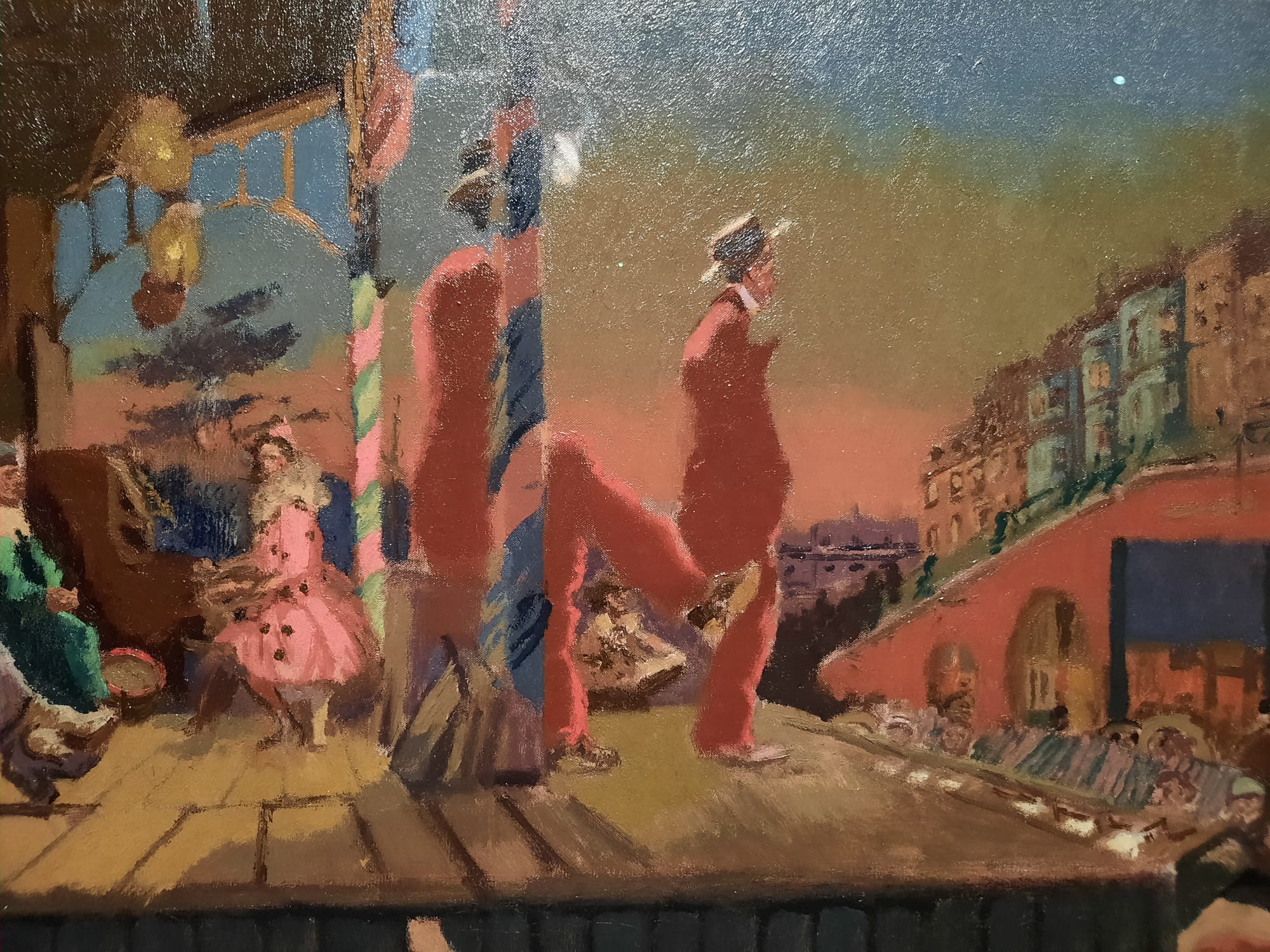
Certainly, I see what you did – a modern painter concerned with composition and lighting. The French influence is clear and he paints well. Not an exciting technique, as you say, but some vivid canvases worth seeing.